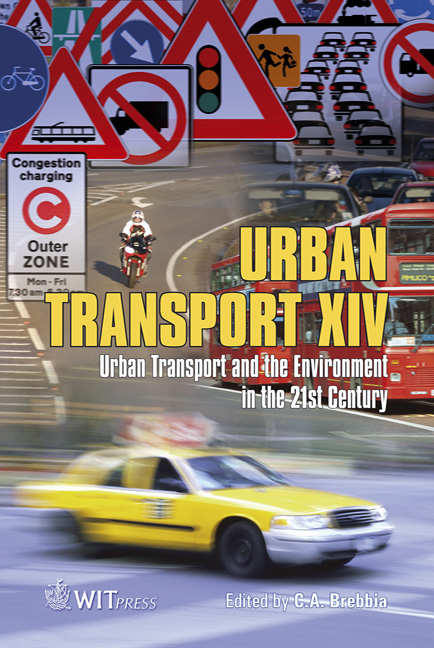Prediction Of Engineering Properties Of Recycled Aged Rubberized Mixes Using GPC
Price
Free (open access)
Transaction
Volume
101
Pages
9
Page Range
469 - 477
Published
2008
Size
406 kb
Paper DOI
10.2495/UT080461
Copyright
WIT Press
Author(s)
S.-J. Lee, H. Kim, S. N. Amirkhanian & K. W. Kim
Abstract
The recycling of aged rubberized mixes has been an area of interest since crumb rubber modifier (CRM) was first used to modify asphalt binders in hot mix asphalt pavements over 40 years ago. This paper presents the relationship between molecular sizes of recycled aged CRM binders and the engineering properties of recycled aged CRM mixtures. Gel permeation chromatography was utilized to characterize the molecular size change of CRM binders depending on three aging levels and four reclaimed asphalt concrete (RAP) percentages. CRM mixtures were artificially long-term aged in the laboratory, and the aged CRM mixtures were recycled at 0, 15, 25, and 35% using typical recycling guidelines. Specimens of recycled aged CRM mixtures were tested for indirect tensile strength (ITS) in dry and wet conditions, rutting resistance, resilient modulus, and ITS after long-term aging in the laboratory. The results indicated that the compositional changes of recycled aged CRM binders have good correlations with the engineering properties of recycled aged CRM mixtures. Also, the empirical prediction models were developed, and the predicted values showed a high correlation with the properties of recycled aged CRM mixtures. Keywords: recycling, CRM, GPC, engineering properties. 1 Introduction Rubber modified asphalt pavements have become popular because of their advantages, including increased pavement life, decreased traffic noise, reduced maintenance cost, decreased pollution and increased environmental quality
Keywords
recycling, CRM, GPC, engineering properties





